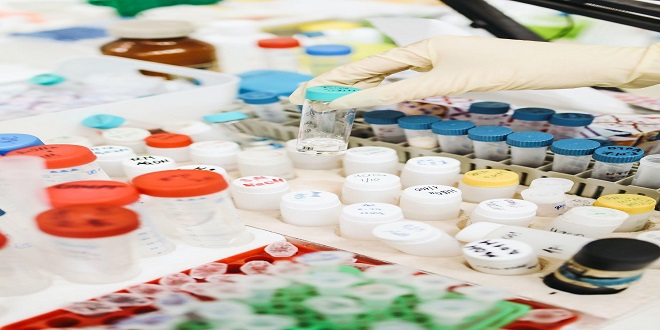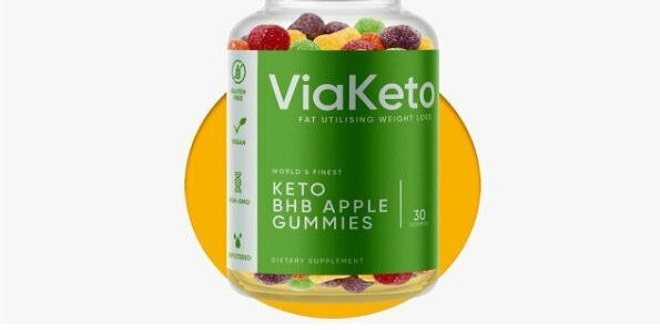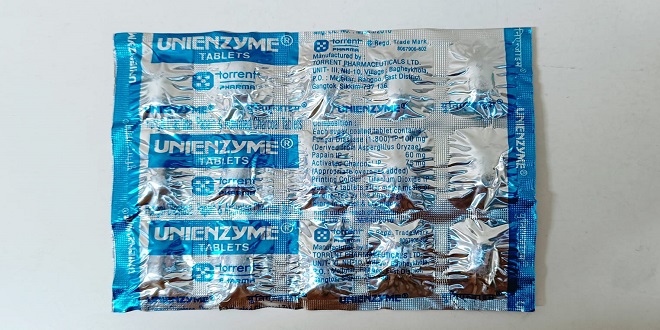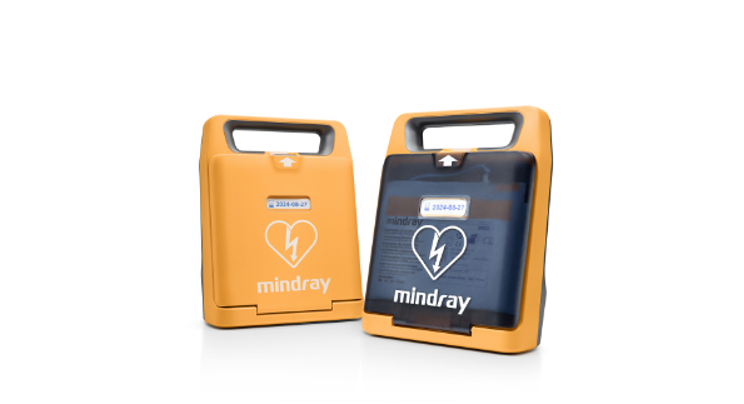Reasons To Use Injection Molded Parts For Medical Industry

Patient well-being and safety rely heavily on medical and pharmaceutical products. Therefore, it is crucial to check the quality of each product and its parts at every stage of production, beginning with the design phase and ending with the final inspection.
This highlights the importance of working with a medical/pharmaceutical component manufacturer places a premium on quality and provides full part traceability throughout the production process.
Injection molding of plastic allows for the rapid and low-cost production of high-precision components for the medical and pharmaceutical industries. It’s a key material in producing everything from surgical implements to analytical instruments.
Injection molded components have many advantages in the medical field, which are summarized on the following page.
The Importance Of Plastic Injection Molding In The Healthcare Industry
Plastics’ prevalence in modern medicine has grown rapidly since the field’s inception. Injectable molded plastic medical devices have helped cut down on healthcare spending, infectious disease rates, and the need for pain medication.
Prototyping in the medical device industry frequently uses high-tech polymers, which are then used to make things like more lifelike artificial limbs and antimicrobial devices. medical injection molding is a direct cause when it comes to saving lives.
Materials Typically Employed And Measurements
Due to their critical function, components used in the medical field must be manufactured to exacting specifications. Because the Food and Drug Administration specifies different requirements for implantable devices versus those used for medical instruments and other external use, it is important to consider your intended use before settling on a particular type of medical-grade plastic for molding.
Besides cost, other considerations in choosing a material include the part’s strength, its resistance to heat and chemicals, and the part’s operating environment.
Examples of common injection-moldable medical-grade plastics are:
- Long-term resistance to heat and radiation
- Sterilization is simple, can withstand radiation, and doesn’t break down from heat or chemicals.
- High heat resistance, transparency, resistance to ultraviolet light, long life, and fireproof properties.
- Extreme heat and rigidity in the mechanical sense. High creep strength that holds up well over a broad temperature range.
- Resistant to a wide variety of solvents and cleaning solutions. It can withstand the temperatures and pressures used in steam sterilization processes common in the medical field without losing its structural integrity, stiffness, or dimensions.
- Extremely high creep resistance at both room temperature and the high permanent operating temperature. Ability to withstand hydrolysis, in addition to maintaining its dimensions
- Phenol is short for polyphenylene oxide. Powerful, with excellent mechanical, thermal, and electrical properties. It has excellent insulating properties, is flame resistant, and maintains its shape and dimensions over a broad temperature range without absorbing much moisture.
- Sulfide of Polyphenyl. The semi-crystalline thermoplastic polymer can withstand extremely high temperatures. Despite its chemical resistance, the polymer retains its remarkable mechanical strength and low susceptibility to creep even at temperatures above 200°C (392°F).
Injection molding has many uses in the medical field, but its speed and efficiency in producing needed components stand out. In contrast to other materials, plastic may be molded into virtually any shape via injection molding and then cured into a hard, precise object such as surgical gloves china.
As a result, hospitals and other medical facilities can afford to keep essential equipment on hand without having to overpay for it. Many of these plastics can be easily cleaned and sterilized, which is another advantage.
Applications Of Plastic Injection Molding For Medical Devices
Many manufactures delivery devices for stents, implants, sutures, and more using our medical injection molding processes. When it comes to medical equipment, they can also help you assemble the parts that makeup something more complex.
They also create plastic moldings that serve as housings for other non-plastic components or mechanisms, in addition to medical injection molding.
Some of the types of medical devices whose housings can be made using the medical insert molding processes are:
- Medical Confinement
- Adjustment Devices for Medical Equipment
- Needles
- Knives and other surgical implements
- Tubes
- Tools used in dentistry
- Parts of medical machinery
- Prosthetics
At production houses, manufacturers use modern, vertical medical injection molding workstations specifically designed to produce medical components, devices, and supplies. Due to their extensive background in the field, they have developed strong relationships with several reliable suppliers who provide with high-quality metal components for injection molding projects involving medical device components.
Conclusion
Injection molding of plastic is a valuable manufacturing process with many applications outside the medical field. Some of the common but popular products include cameras with
3g sdi vs hd sdi specs, automobile parts, and even general household stuff.
Using this method, many components can be made from plastics suitable for medical use in a fraction of the time it would take using traditional manufacturing techniques. Medical injection molding has persisted thanks to the wide variety of plastics and uses to which it can be put.





